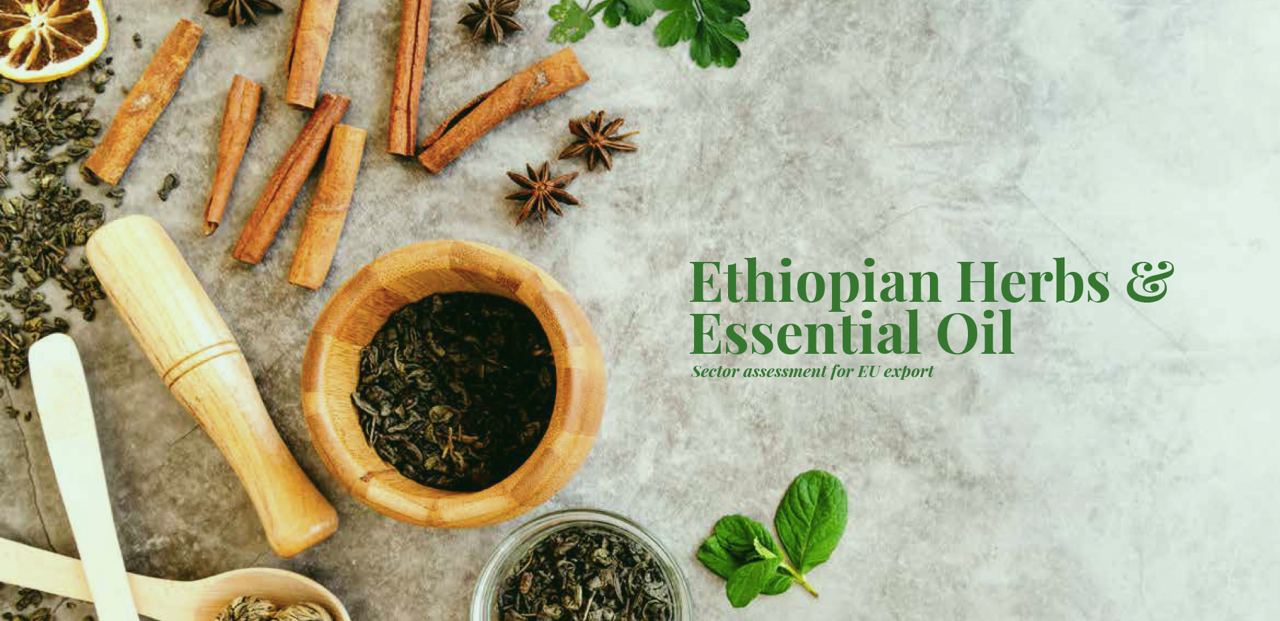The global market for herbs is dominated by a few European, Asian, and North American countries. Other recent reports indicate the market for herbs to be over 120 billion USD in 2020 and forecasted to grow by 8%. The growth is driven by increasing the health consciousness of consumers particularly in Europe, North America, and Asia. On the other hand, the annual demand for essential oils is estimated to be USD 16 billion in 2017 and the market was projected to grow at 9% CAGR in the coming five years.
An overview of global import and export of herbs indicate that China, India, and Germany are the top three exporter countries of medicinal herbs whereas USA, Germany and Japan are the leading importers. On the other hand, Italy, the Netherlands, and China lead the exporters’ pack for fresh herbs while the USA, Germany, and the UK are the top three importers. It is important to note that data for export and import of herbs is not comprehensive as different herbs are placed under different HS codes that can’t be easily retrieved.
Concerning essential oils, the top three exporters are (1) India (2) USA (3) UAE. The global essential oil market was estimated to be over USD 9 billion in 2019. The market was projected to grow at a cumulative annual growth rate of 9% in the coming five years and reach 15 billion USD in 2026. The essential oil market is segmented into three different categories: by product, channel, and application.
The major essential oil market segments by the product are Orange, Eucalyptus, Corn mint, Peppermint, Citronella, Lemon, Lime, Cloverleaf, Spearmint, and others. The Orange essential oil leads with an annual estimated demand of close to 2 billion per year. Essential oil application can be classified into four: food and beverage, medical, cleaning and home, and spa, and relaxation. The food and beverage segment accounts for over 3 billion annual turnovers of the essential oil market.
The addition of essential oils to food products not only enhances the sensory characteristics but also increases the shelf-life and storage stability of a variety of edibles. Flavors and fragrances application utilizes significant quantities of these oils in the global marketplace. The application spectrum of essential oils is further expected to expand based on the reported anti-toxigenic, anti-parasitic, and insecticidal traits.

